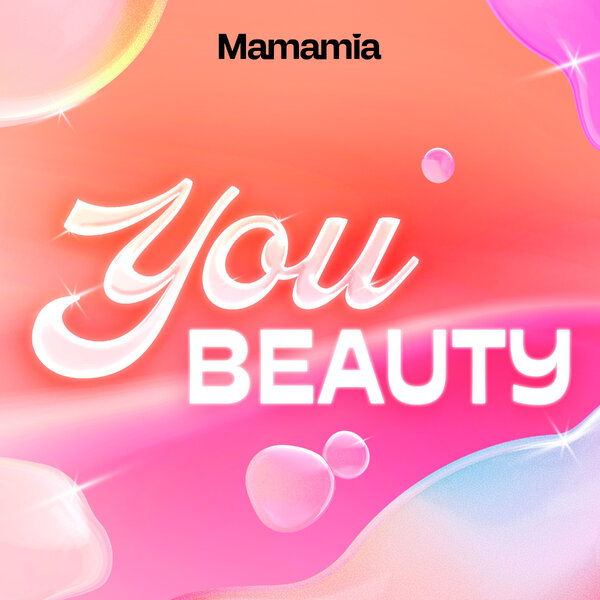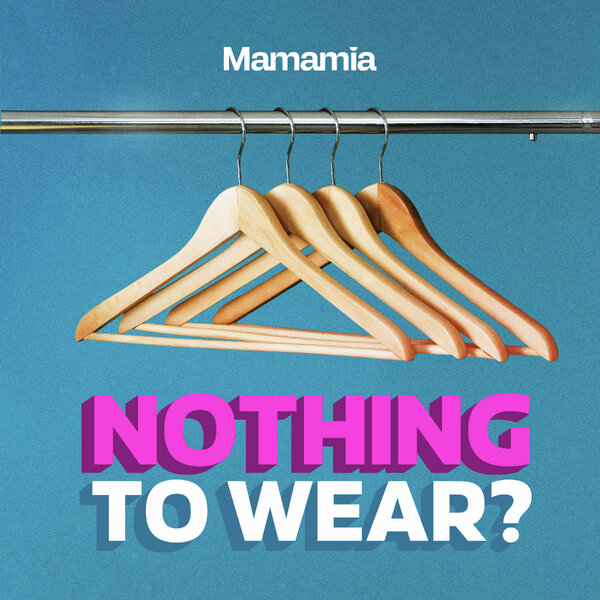by ILSA EVANS
Her face is soft with wisdom, alongside a peculiar grace that contradicts the vulnerability of her naked form. Her smile, ever so slight, gives a hint of humour, of secrets held. She has a stoic honesty that asks a question for which, I suspect, she already knows the answer.
Yet there is compassion in her stance, as well as pride, together with the weight of history. And I marvel that the painter, Aleah Chapin, at just twenty-six years of age, has managed to both recognise and capture the inimitable beauty of experience. Just one of the reasons that this painting, ‘Auntie’, is a worthy winner of the BP Portrait Award for 2012.
This is the same painting that art critic Brian Sewell labels a ‘grotesque medical record’ (London Evening Standard), with ‘purblind’ eyes and ‘rictus’ smile. His aversion is viscous, his loathing raw, and his disgust sharpens his words into missiles where even the syllables hurt:
This ancient crone stands life-size, full-frontal and stark naked, heavy breasts drooping low, skin stretched and sagging, looking as though, par-boiled and with the lividity of death about her lower quarters, she has just escaped from a cannibal’s cooking-pot. This is the figurative realism of the new American academic painter — no sympathy gentles the stark observation of every detail, nor is desire roused; instead, this painting stimulates revulsion.
I beg to differ. Strenuously. Not just because Sewell takes us on a gigantic leap back to medieval days with his derivative use of the term ‘ancient crone’, but because his own revulsion has (pur)blinded him. Skin stretched and sagging? That’s called age. Par-boiled? The normal skin tones of a woman of her years. No desire roused? If that is his prerequisite for beauty, then it is his flaw, not hers. No sympathy? But it is right there, in her eyes, for us.
But wait, there’s more. Sewell continues with a description of the body as ‘disproportionately large’ and accuses the artist, in her obsession with the ‘ghastliness of ageing flesh’ of enlarging the ‘repellent body beyond the scale of the head’. It sounds almost cartoon-like, where the monster rears above the fleeing crowd, its fleshy body undulating with malevolence. But Auntie is nothing more than a normal ageing woman, in a normal ageing women’s body. Her proportions are unique, but universal. She is my grandmother, my mother, my aunt. And she is me.


Top Comments
I love this post!! And I absolutely love love love the painting. I'd love to have something similar in my bedroom or bathroom. I think her body is beautiful, and I'm not just saying that. She looks really comfortable and kind. Exactly what an Auntie should be!
In my job I see naked women all the time and I really have come to realise that there is NO such thing as perfection, and when you do occasionally see perfection - it looks fake (because it usually is) and weird. It sounds corny but beauty truly TRULY does come from within. Auntie looks like a lovely and happy woman who has lived a full life.
As for the art critic...I don't remember a time I ever felt such hatred for someone's opinion.
i think it is a truly honest image and wouldNOT take it as grotesque